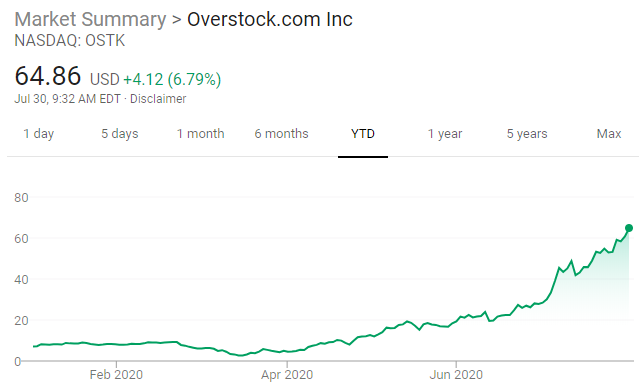The longer you invest in the public markets the easier it is to identify your past mistakes. While these errors have cost you some money before, hopefully you can learn enough to reduce those losses in the future. Until I reach an age where my memory starts failing me, the cases where I sold too early will be a constant (positive) reminder that getting too worked up about near-term valuations for stocks with excellent long-term outlooks can result in leaving a lot of money on the table.
Back in 2011 I lived in Pittsburgh where my now-wife was getting her PhD. A short stroll from our apartment was a fellow RIA (hat tip to Ron Heakins with OakTree Investment Advisors - hope you are doing well my friend) who organized regular meetings with local investment advisors to share ideas and stay on top of an ever-changing industry. I recently came across a brief PowerPoint slide deck I shared with the group back then over a weekend breakfast meeting at Bruegger’s Bagels. In hindsight, it exemplifies how selling too early for not the best reasons can cause heartburn down the road.
You can view the 5-slide deck on AutoZone (AZO) here and I will summarize it below.
The investment thesis was fairly simple. AutoZone held a strong position in a mature, economically insensitive industry and was using its prodigious free cash flow to conduct massive share repurchases (in lieu of taking the more tax inefficient dividend route). The ever-smaller share count helped AZO turn 7% annual sales growth into 22% annual earnings growth from fiscal 1998 through 2011, propelling the stock price to 21% annualized gains during that time (to $325 per share by late 2011).
Since I thought the trend was likely to continue, it was a worthwhile idea to share with our group. Simply put, AZO appeared to be a wonderful buy and hold stock and with the economic uncertainty still lingering in 2011 from the Great Recession, the business outlook appeared quite resilient regardless of where we were in the business cycle.
I can’t recall when I sold the stock after that, but I can tell you it has been an “on again, off again” investment during the ensuing 13 years for me and my clients, largely due to peaks and troughs in the stock’s relative valuation even as the core underlying story has remained unchanged the entire time. In hindsight, that was not the right call. The correct move was to simply buy and hold.
Despite AZO stock compounding at 21% per year from 1998 through 2011, the 2012-2024 period has seen similar performance, with the shares compounding at 20% per year to the recent price of $3,100. Trying to exit when it was overbought and add when oversold not only added more work than was needed, but also undoubtedly resulted in lower returns over the long term. Lesson learned.
Full Disclosure: No position in AZO at the time of writing, but positions may change at any time




